Managing Mobile Apps URL
SiginingHub allows the admin to configure the Mobile Apps URL. The Mobile Apps URL is used to redirect the user to the mobile app. In case the user does not have the mobile app, they will be redirected to their respective app store. By default, the "Mobile Apps URL" for the SigningHub app is configured under "Settings" > "Global Settings" > "Mobile Apps URL".
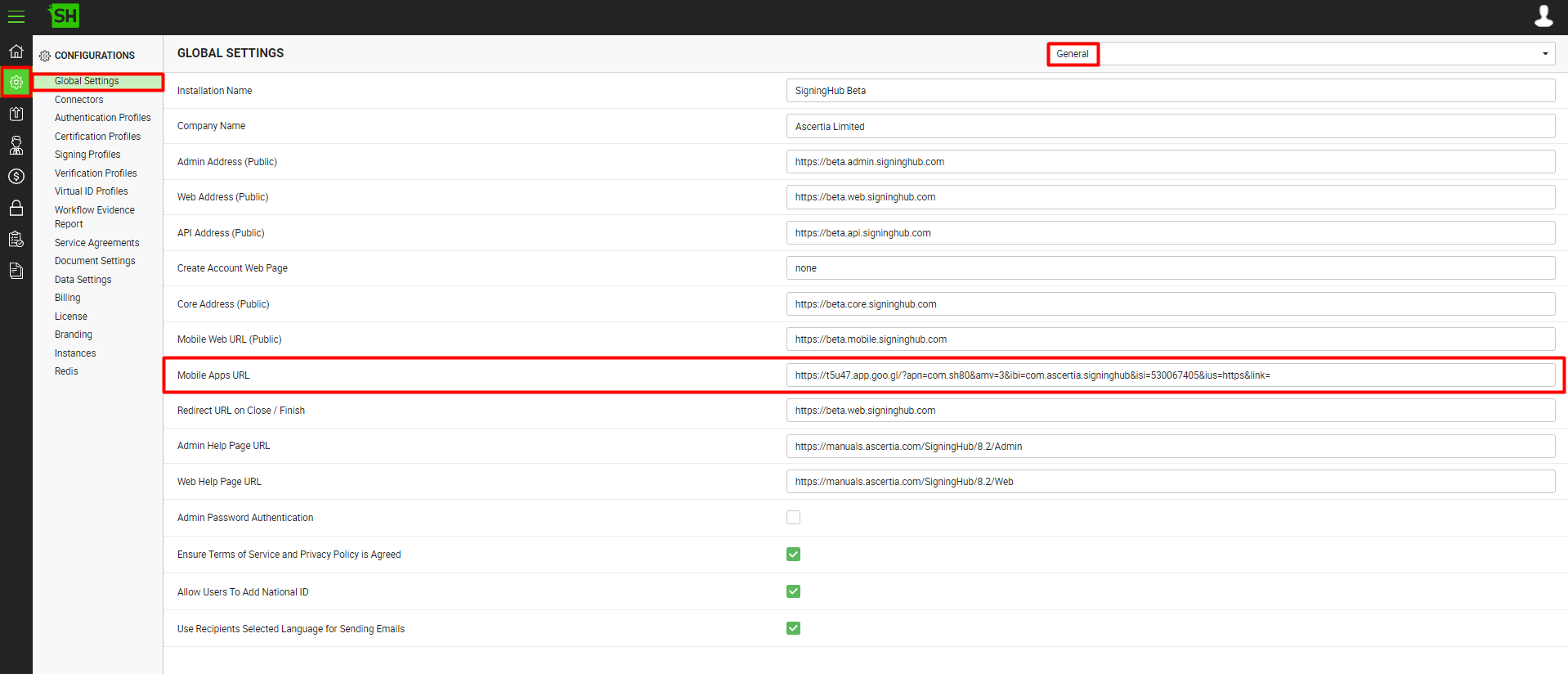
|
|
|
Creating and Configuring Mobile Apps URL:
Follow the below steps to create and configure the Mobile Apps URL for your app:
- Create a Project on Firebase
- Add your apps (iOS and/or Android) in that project
- Generate Dynamic Link
- Mobile Apps URL Creation
- Mobile Apps URL Configuration in SigningHub-Admin
Create a Project on Firebase
- Go to firebase.google.com
- Click the "Go to console" button.
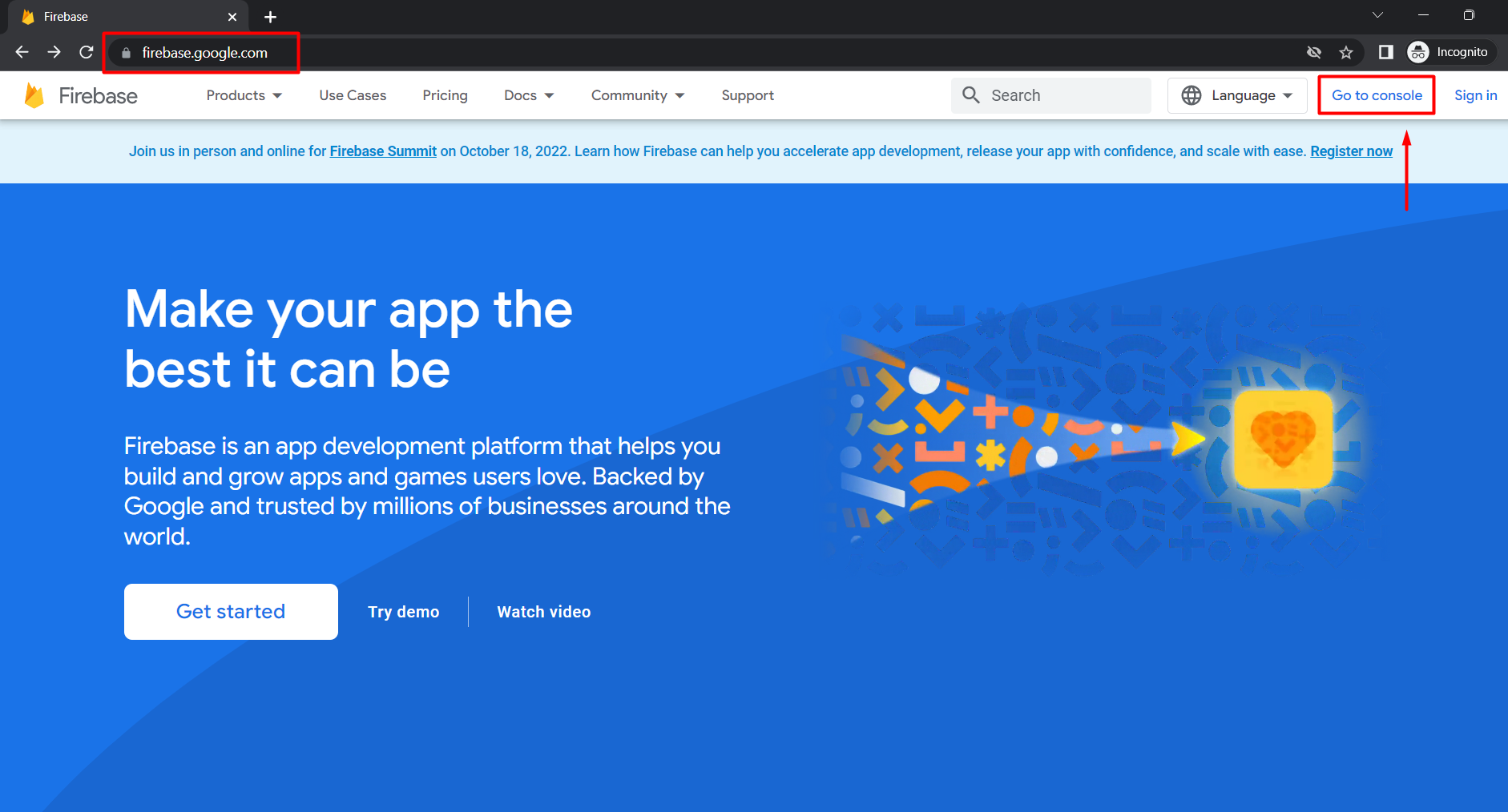
- The "Sign in" screen will appear. Sign in by providing your Google Account details.
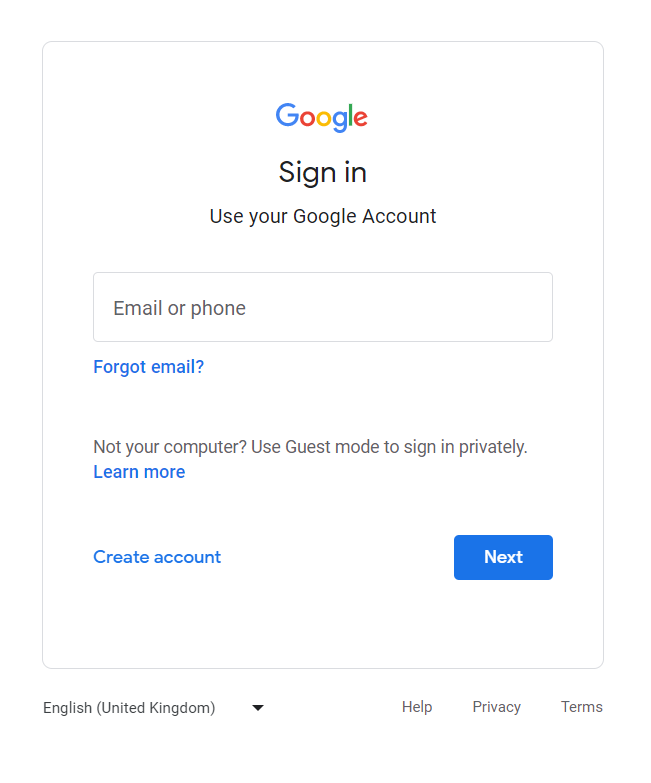
- Click the "Create a project" button.

- Enter a name for your project, tick the below checkboxes, and click the "Continue" button.
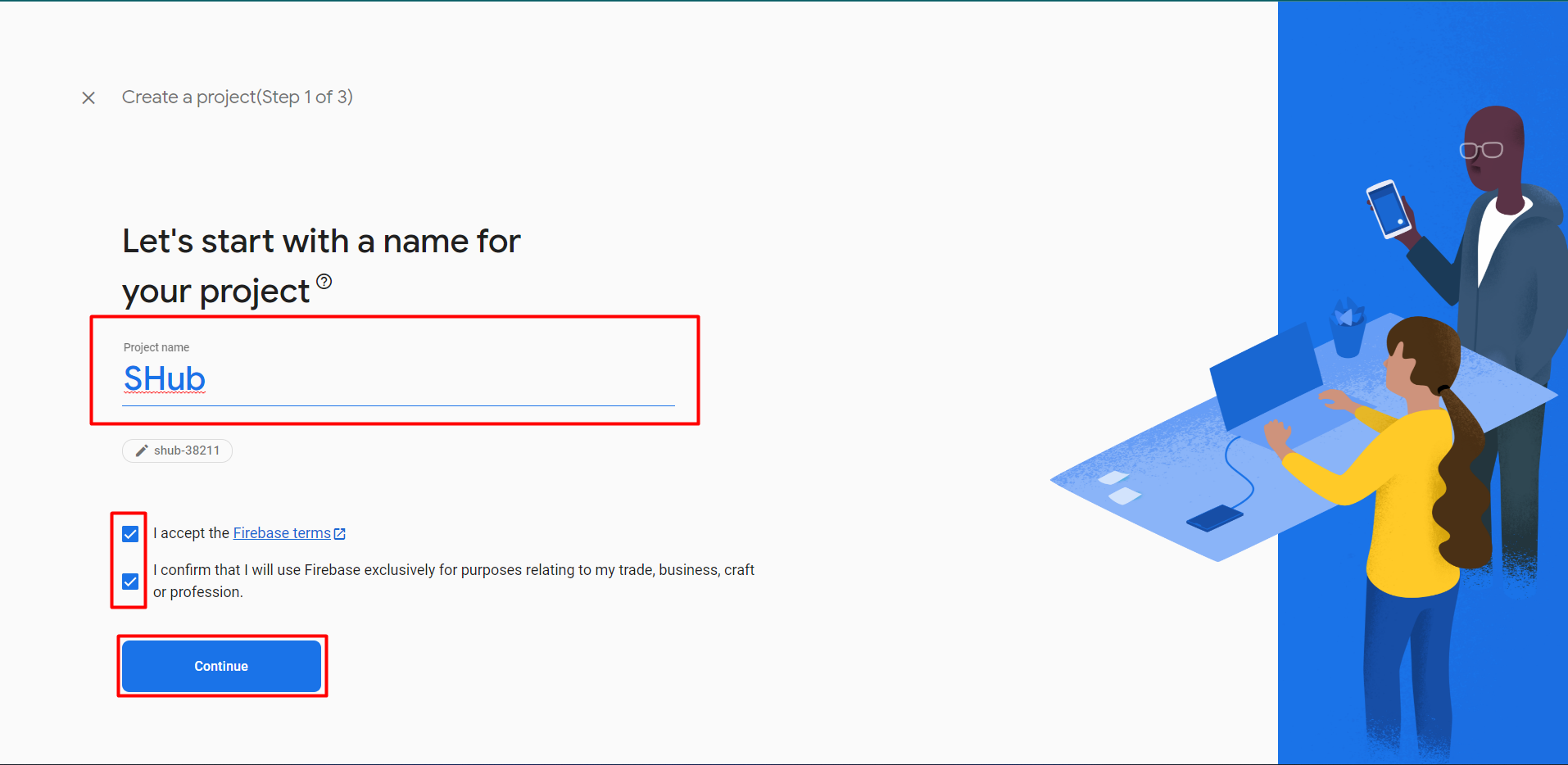
- Click the "Continue" button.
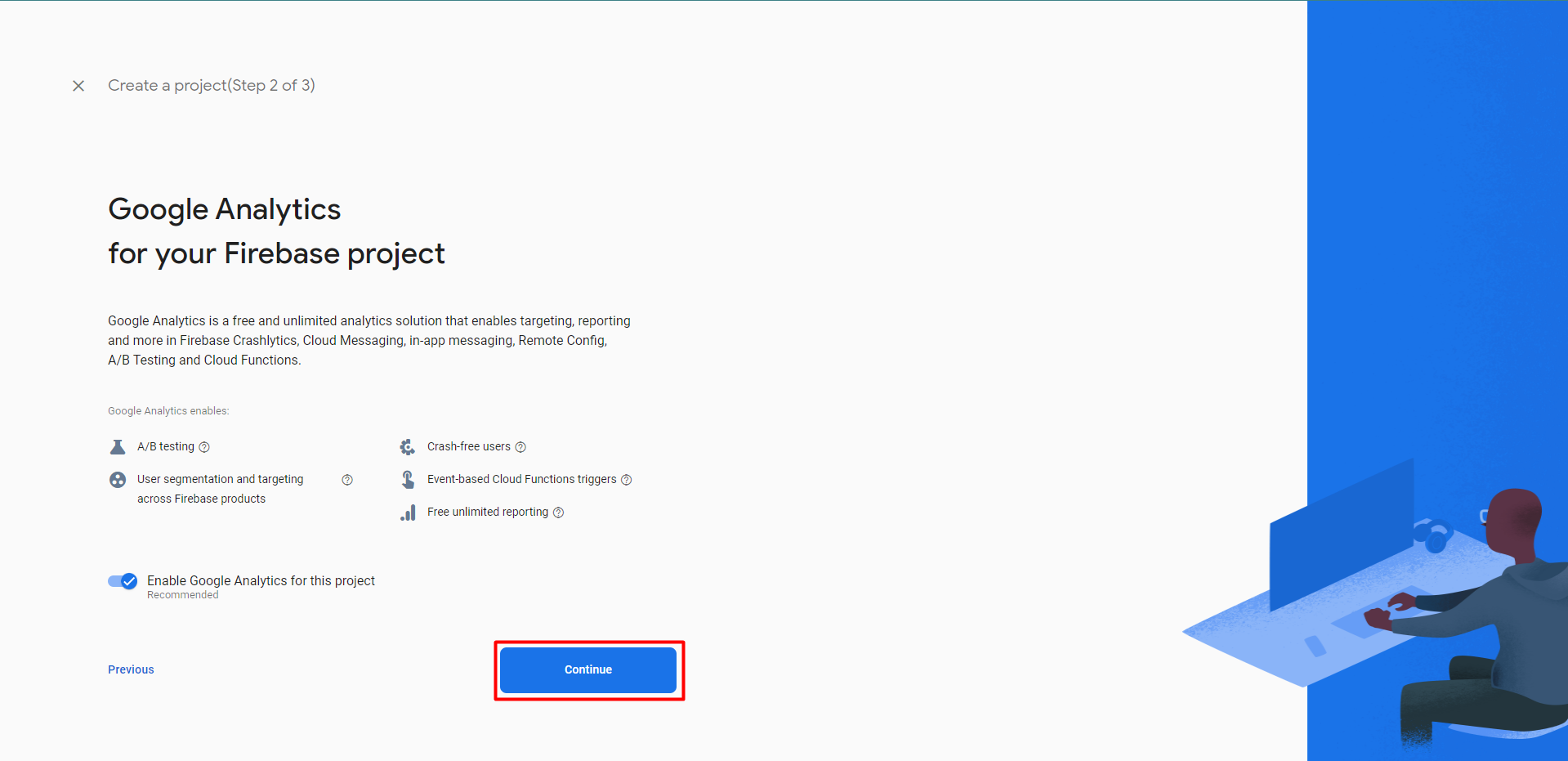
- Set the "Analytics location", tick the checkboxes, and click the "Create project" button.
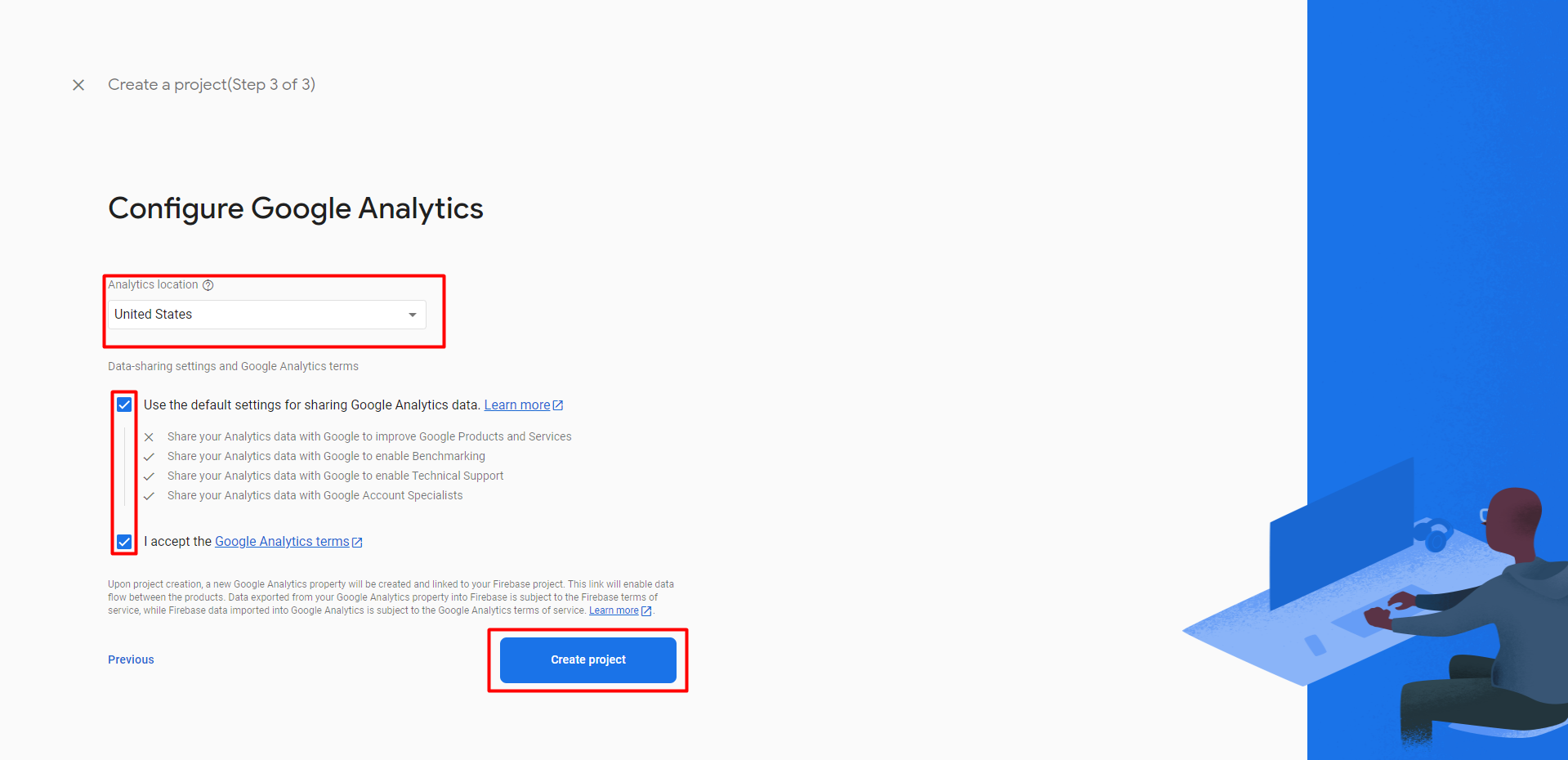
- Click the "Continue" button.

Add your apps (iOS and/or Android) in that project
- Go to console.firebase.google.com and open your project.
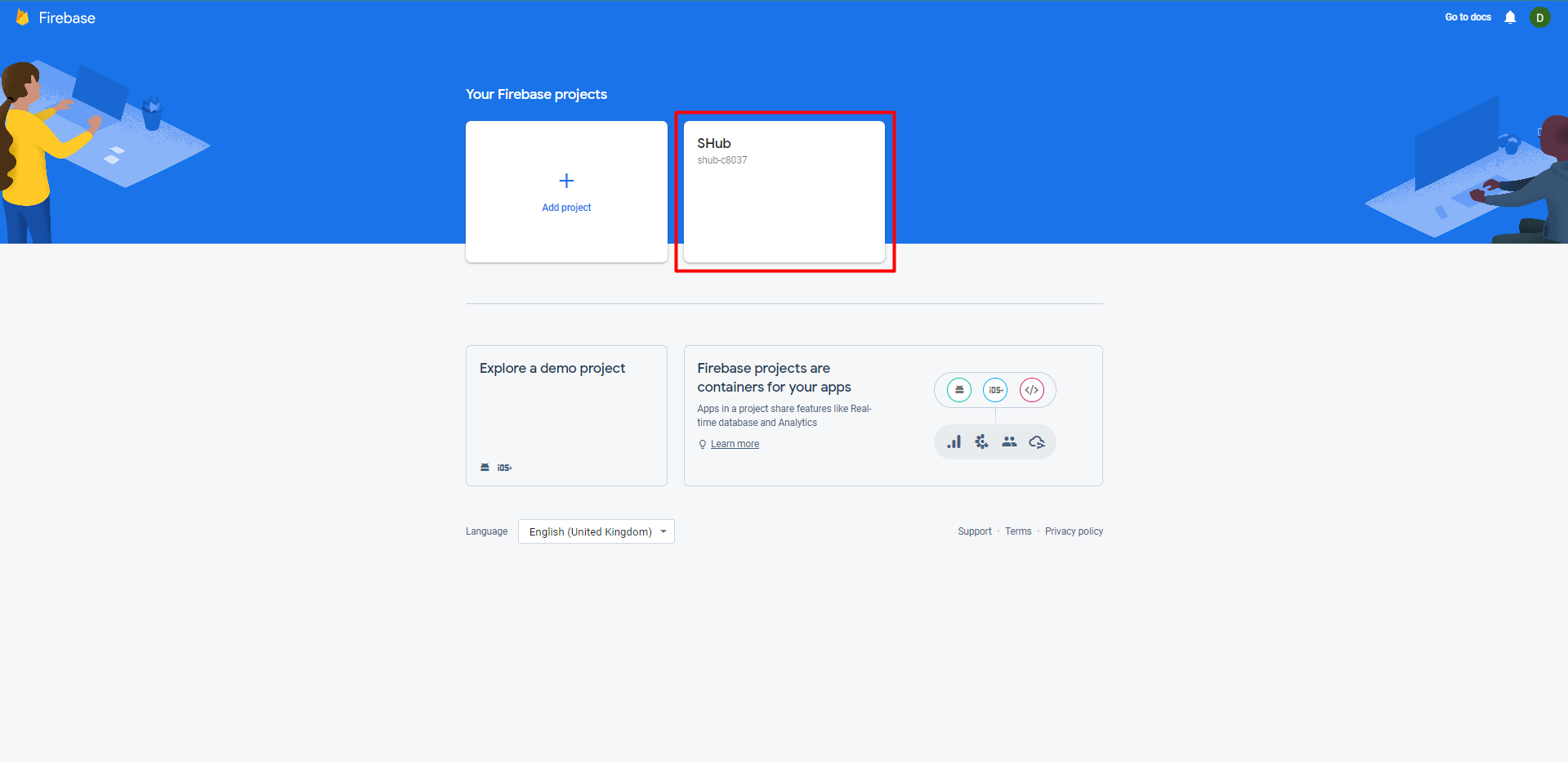
- On the project screen, click on the relevant button (i.e. Android or iOS+) to add an app.
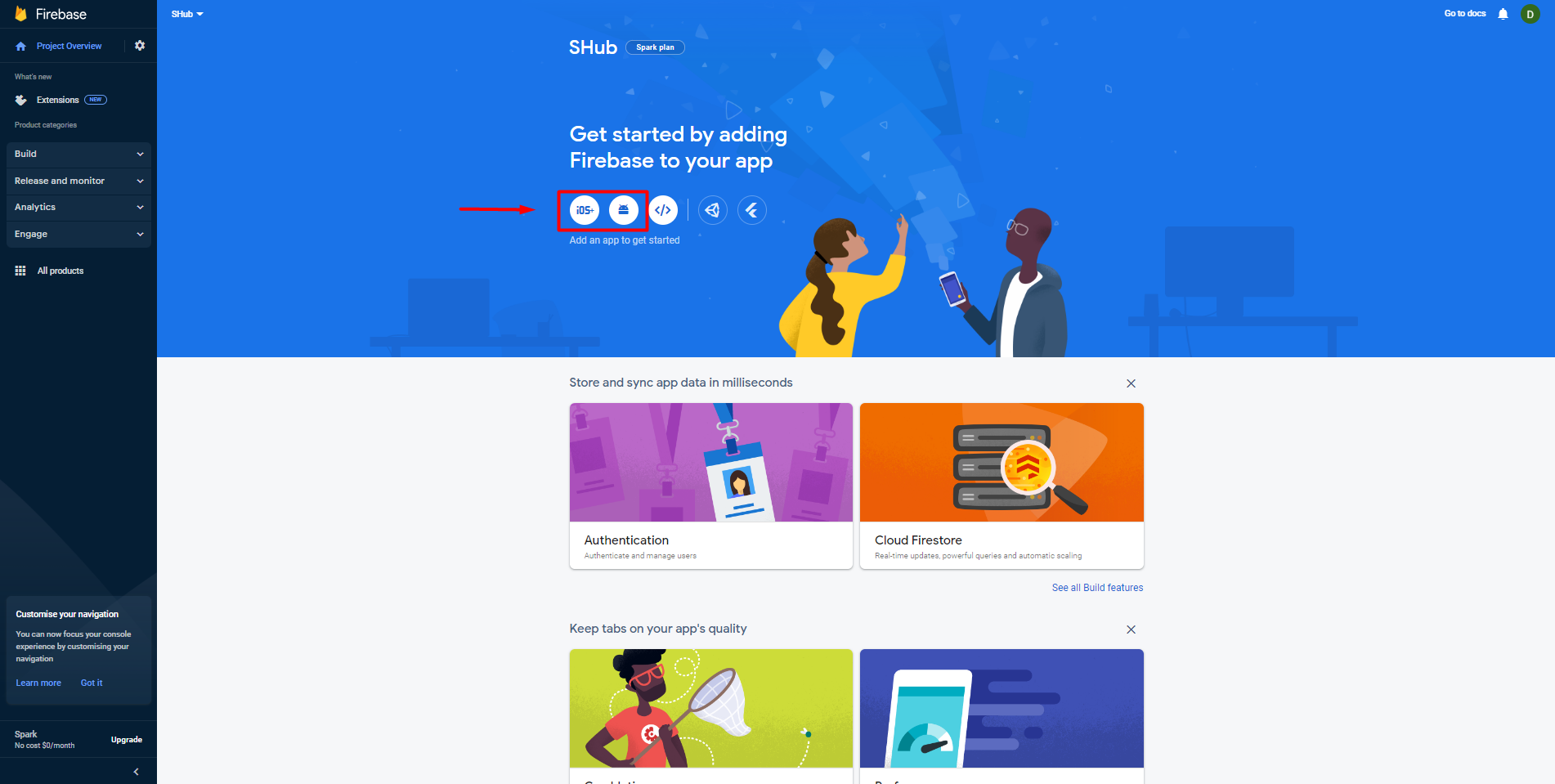
- For an Android app, follow the below steps:
- Click on the Android button
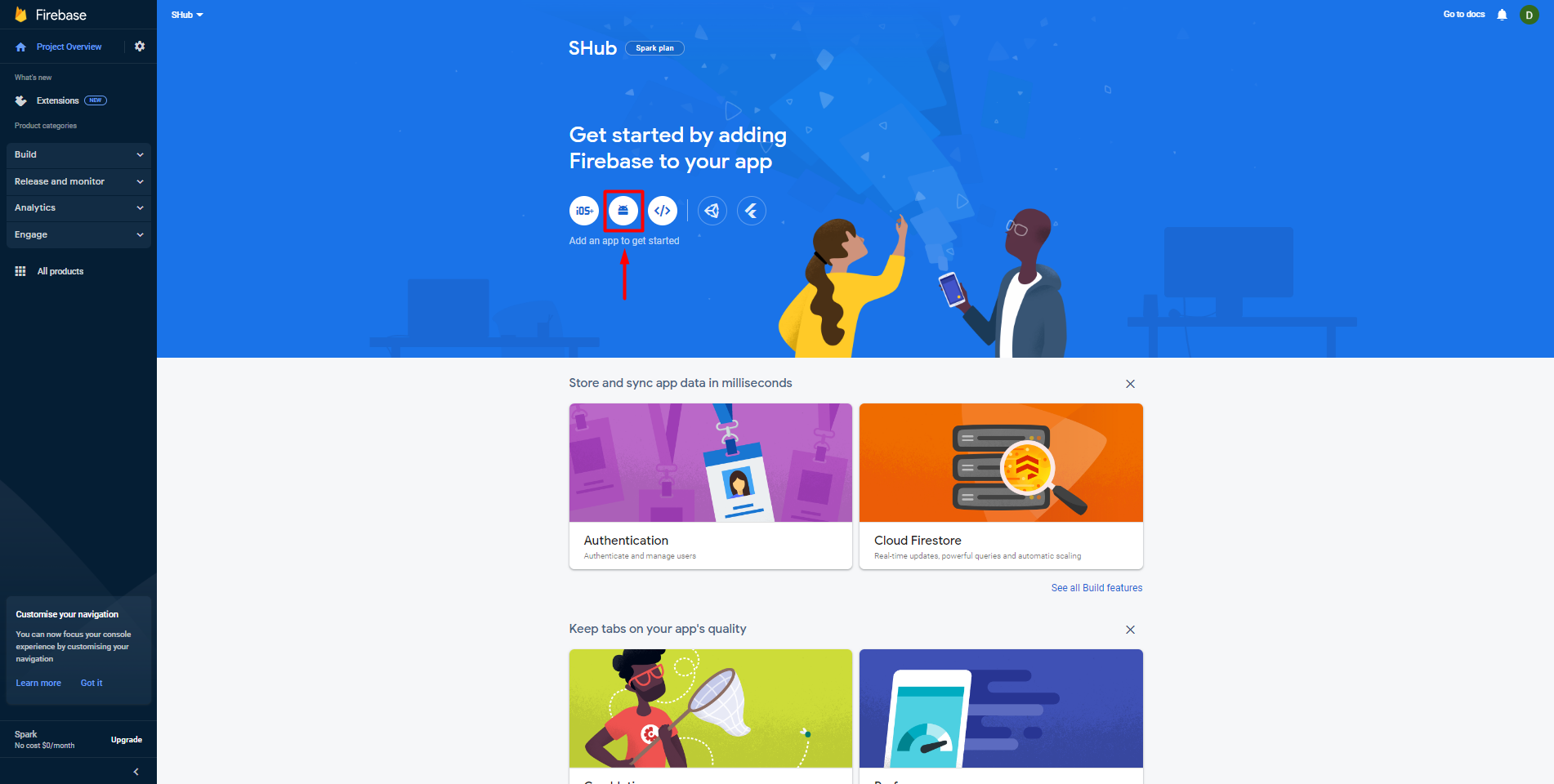
- Add the "Android package name", "App nickname" (optional), and then click on the "Register app" button.
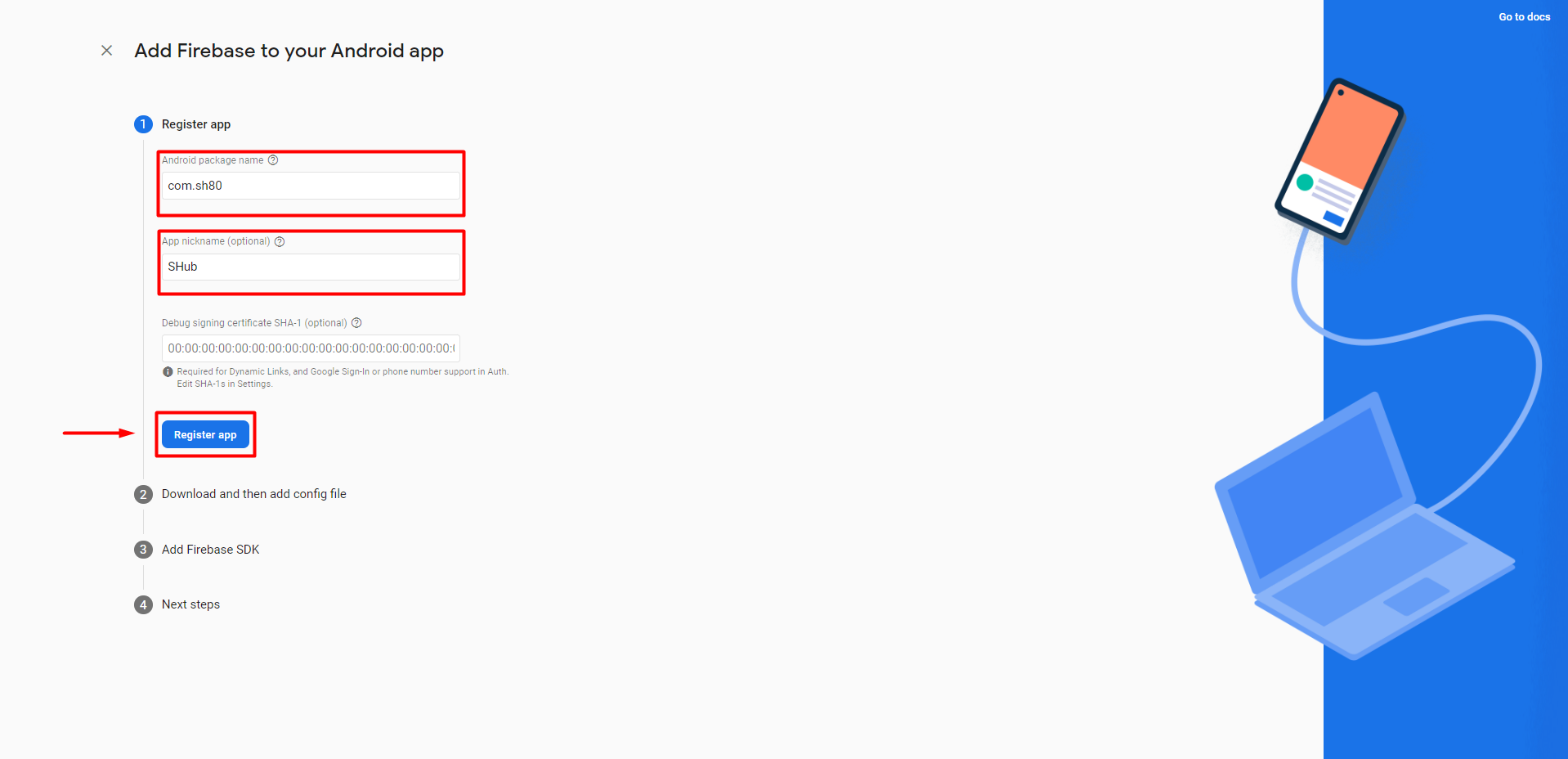
- Click on the "Download google-services.json" file, and click on the "Next" button.
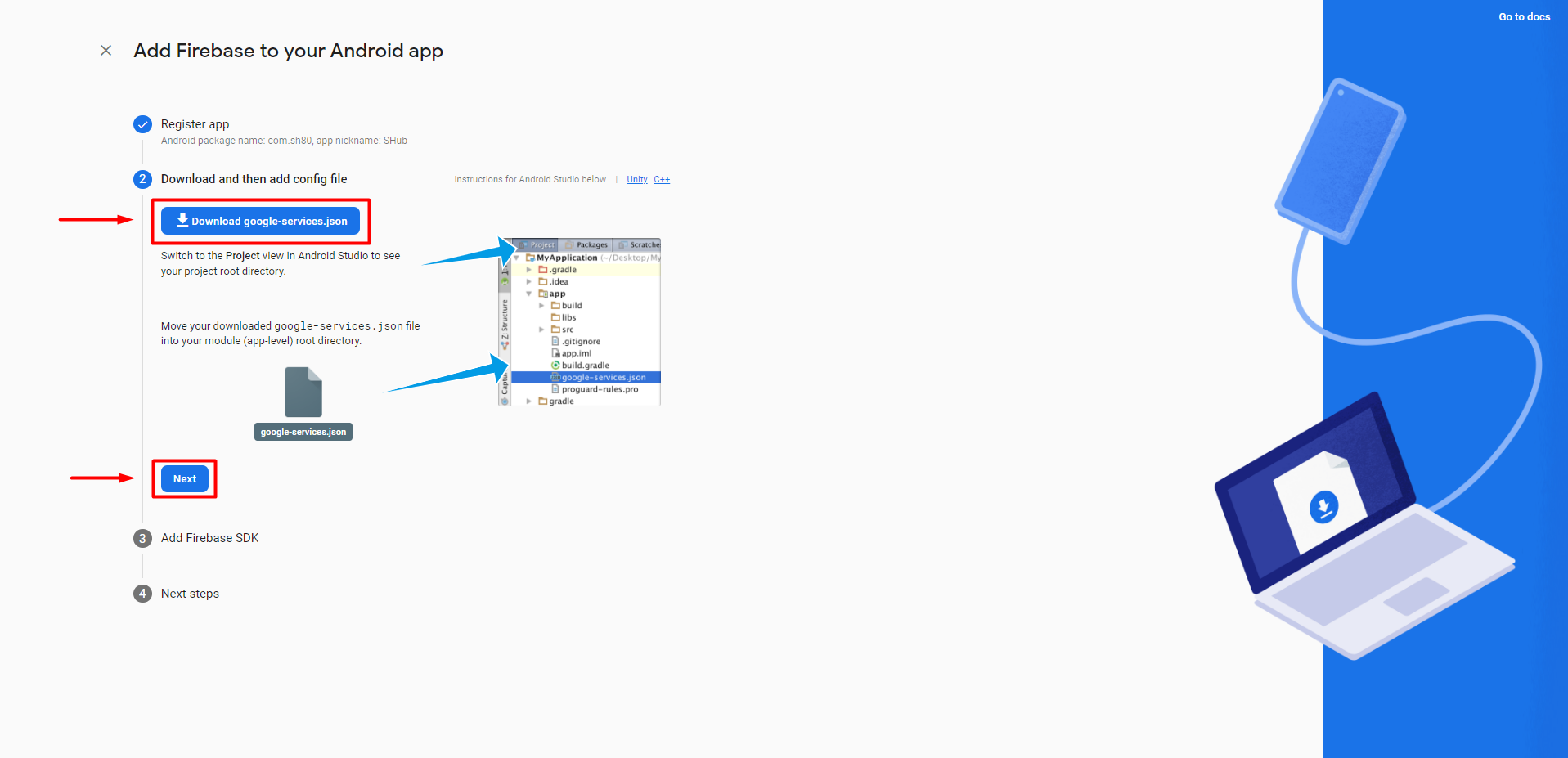
|
|
|
- Click on the "Next" button.

- Click on the "Continue to the console" button.

- For an iOS app, follow the below steps:
- Click on the iOS button
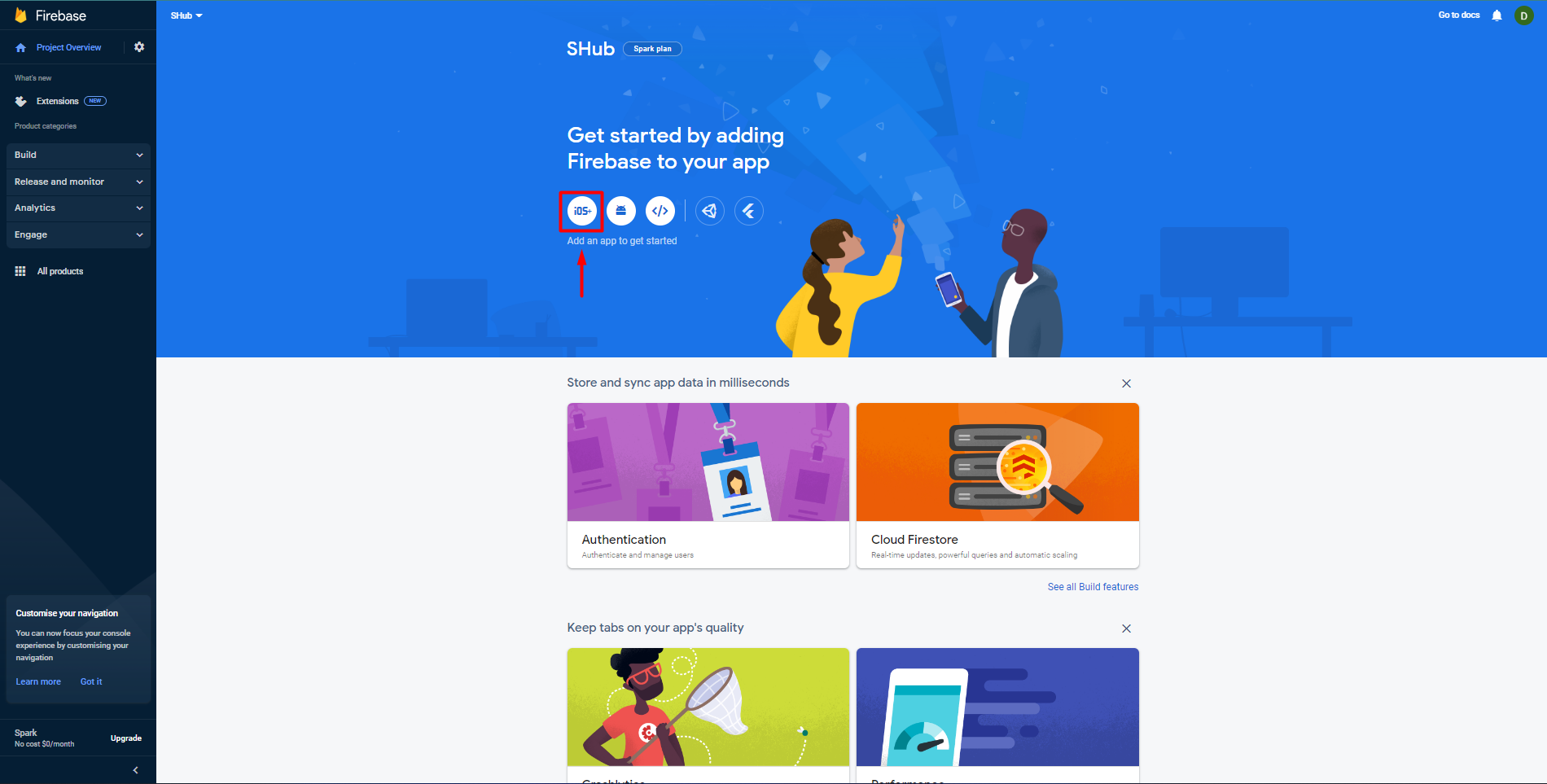
- Add the "Apple bundle ID", "App nickname" (optional), and then click on the "Register app" button.
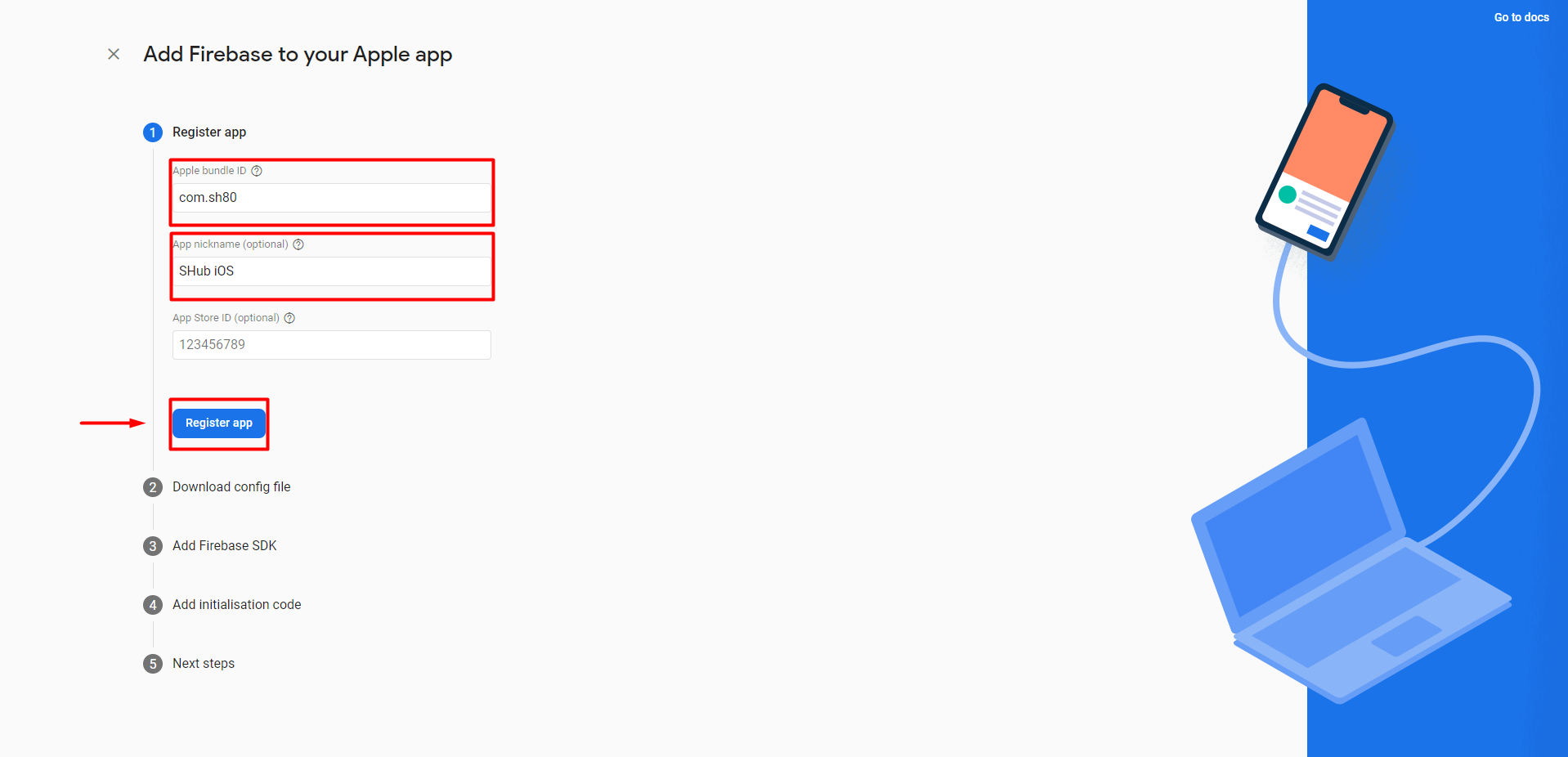
- Click on the "Download GoogleService-Info.plist", and then click the "Next" button.
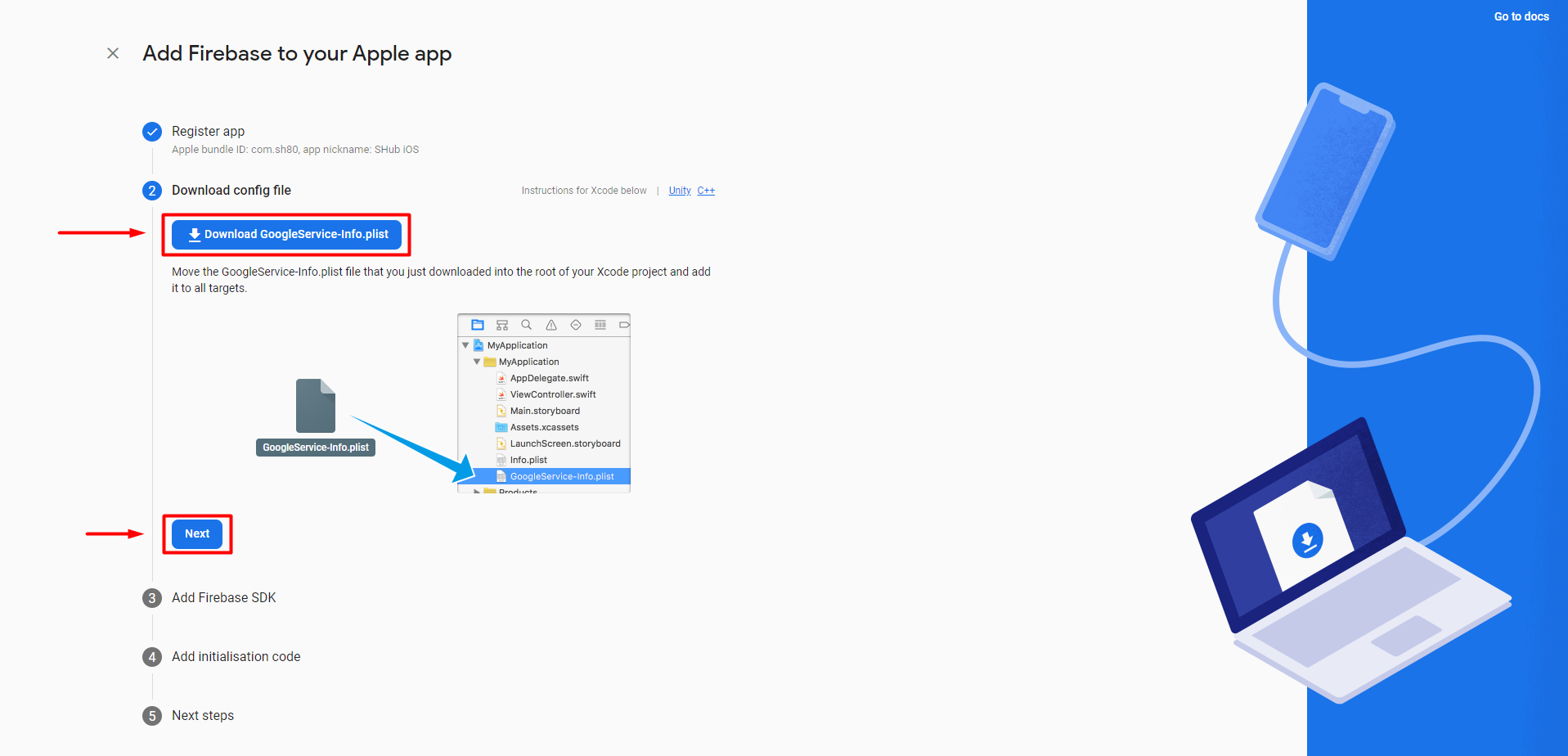
|
|
|
- Click on the "Next" button.
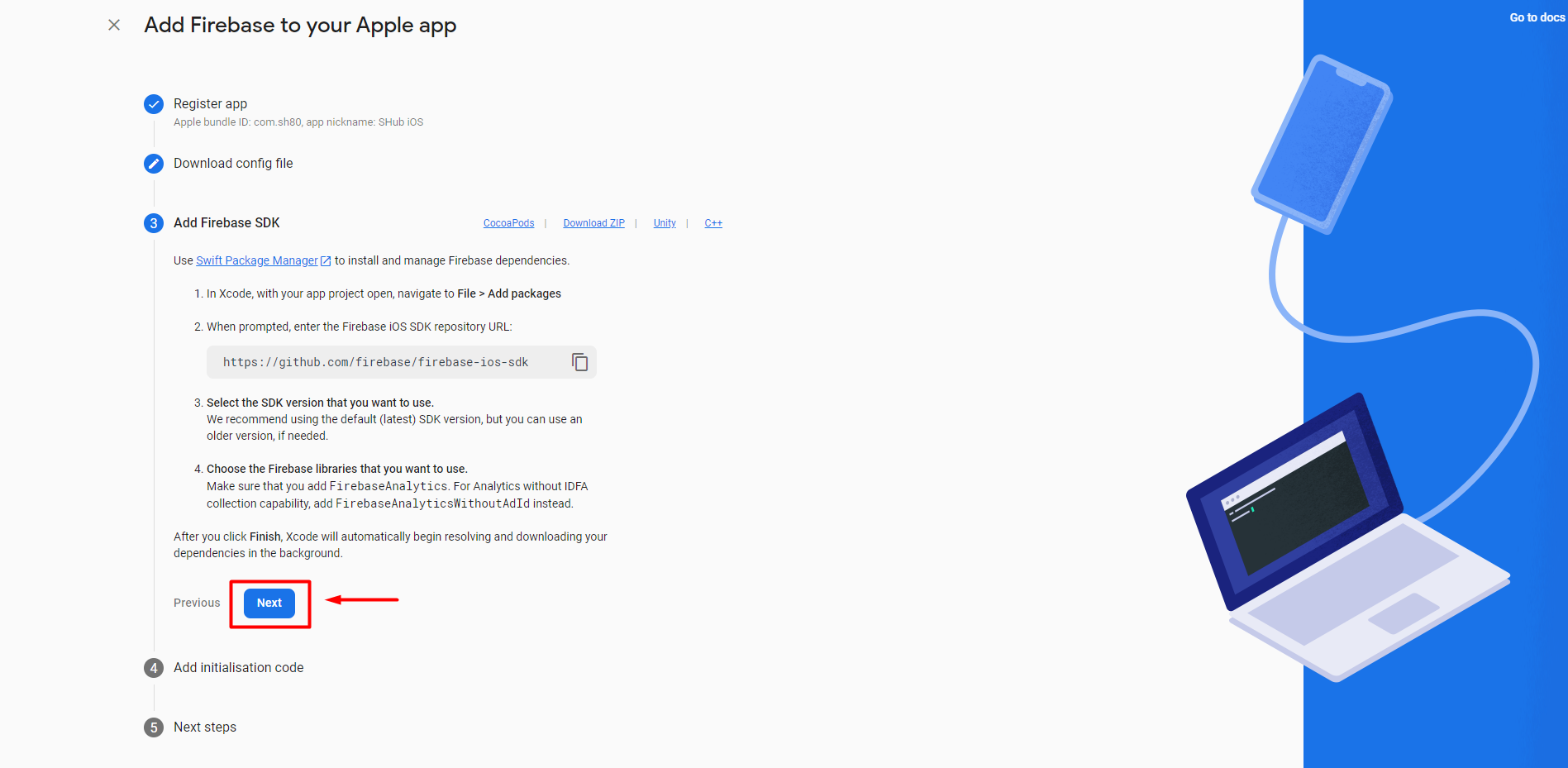
- Click on the "Next" button.
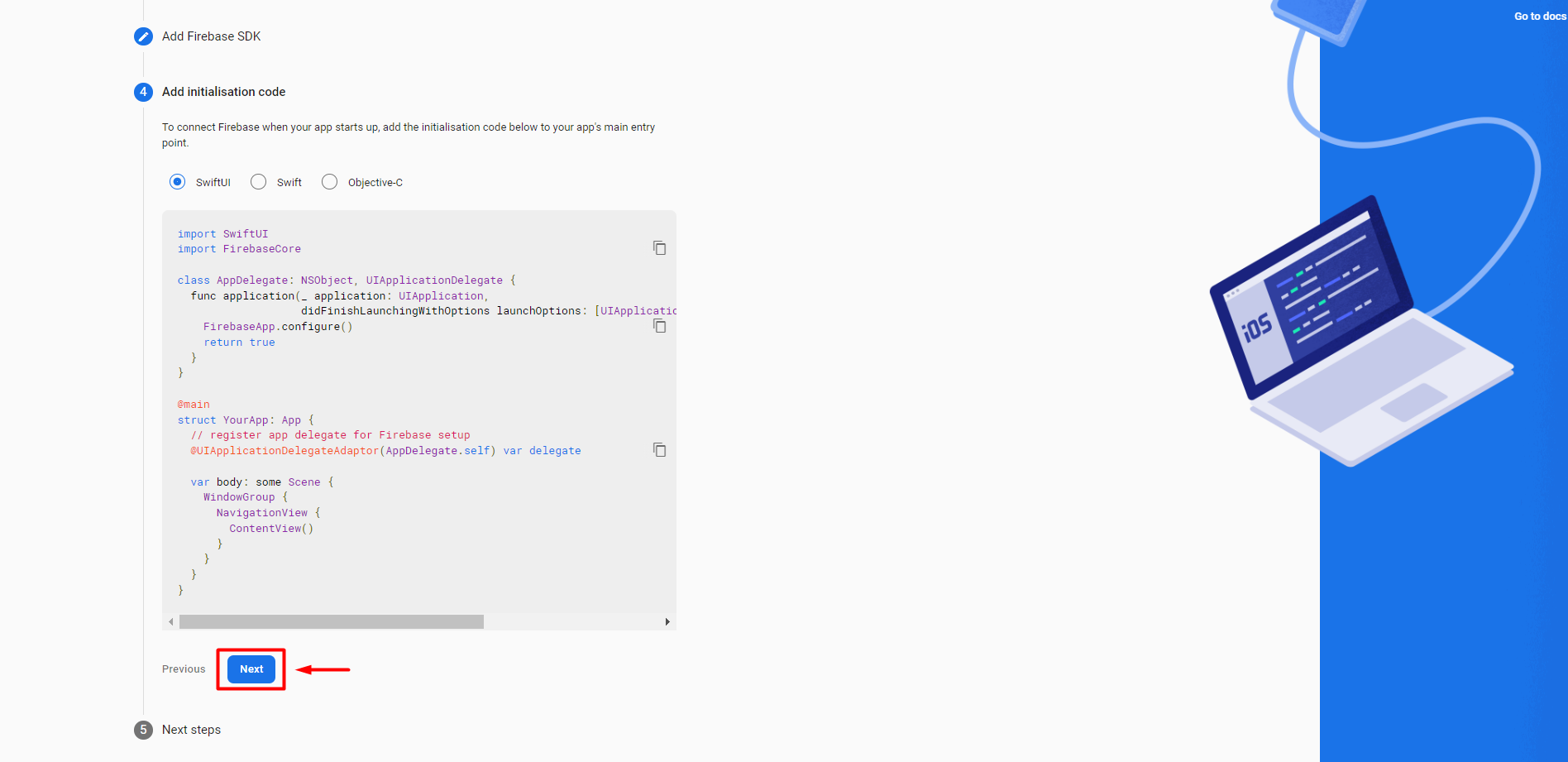
- Click on the "Contiinue to the console" button.
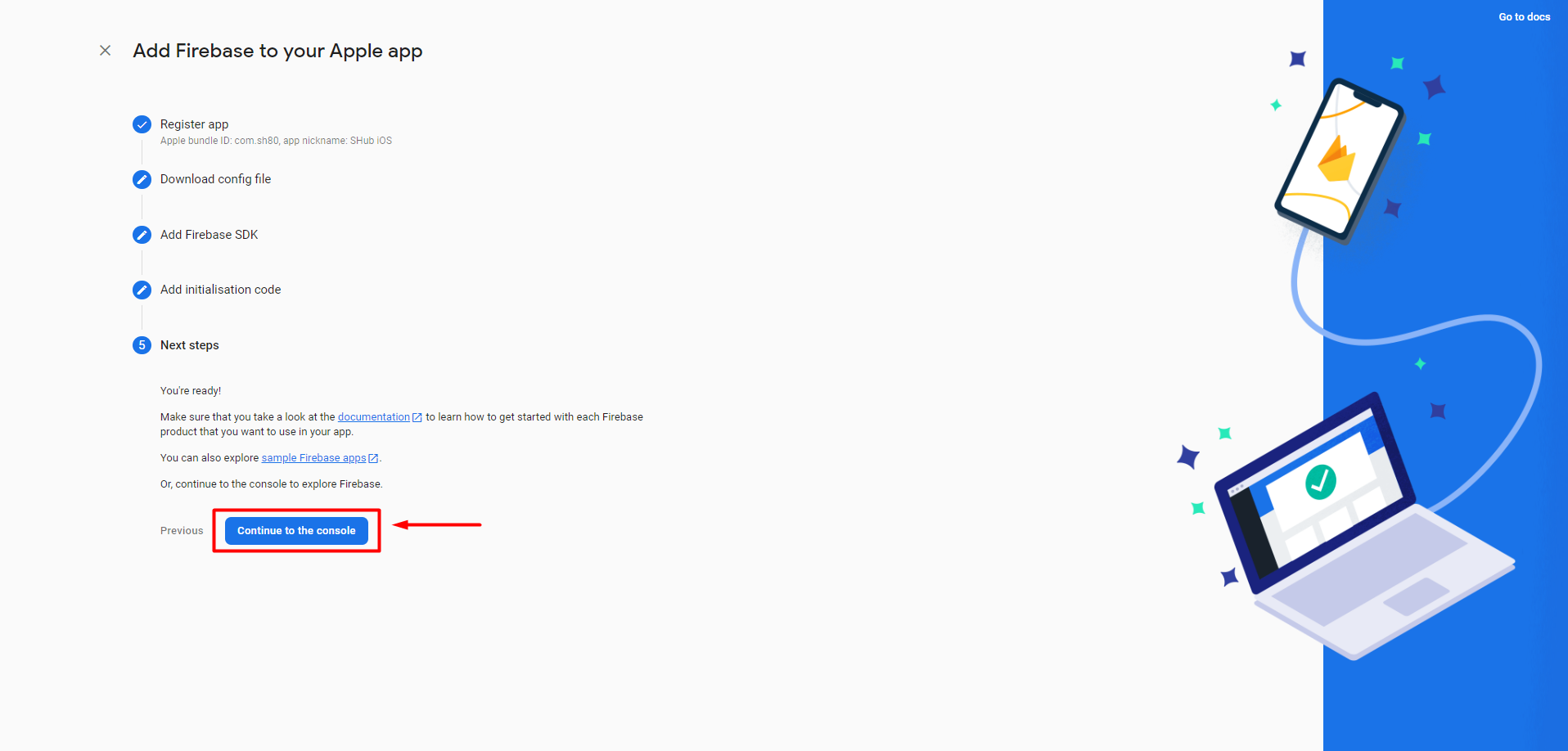
Generate Dynamic Link
- Click on the "Engage" button from the toolbar on the left. Then click on the " Dynamic Links" button.
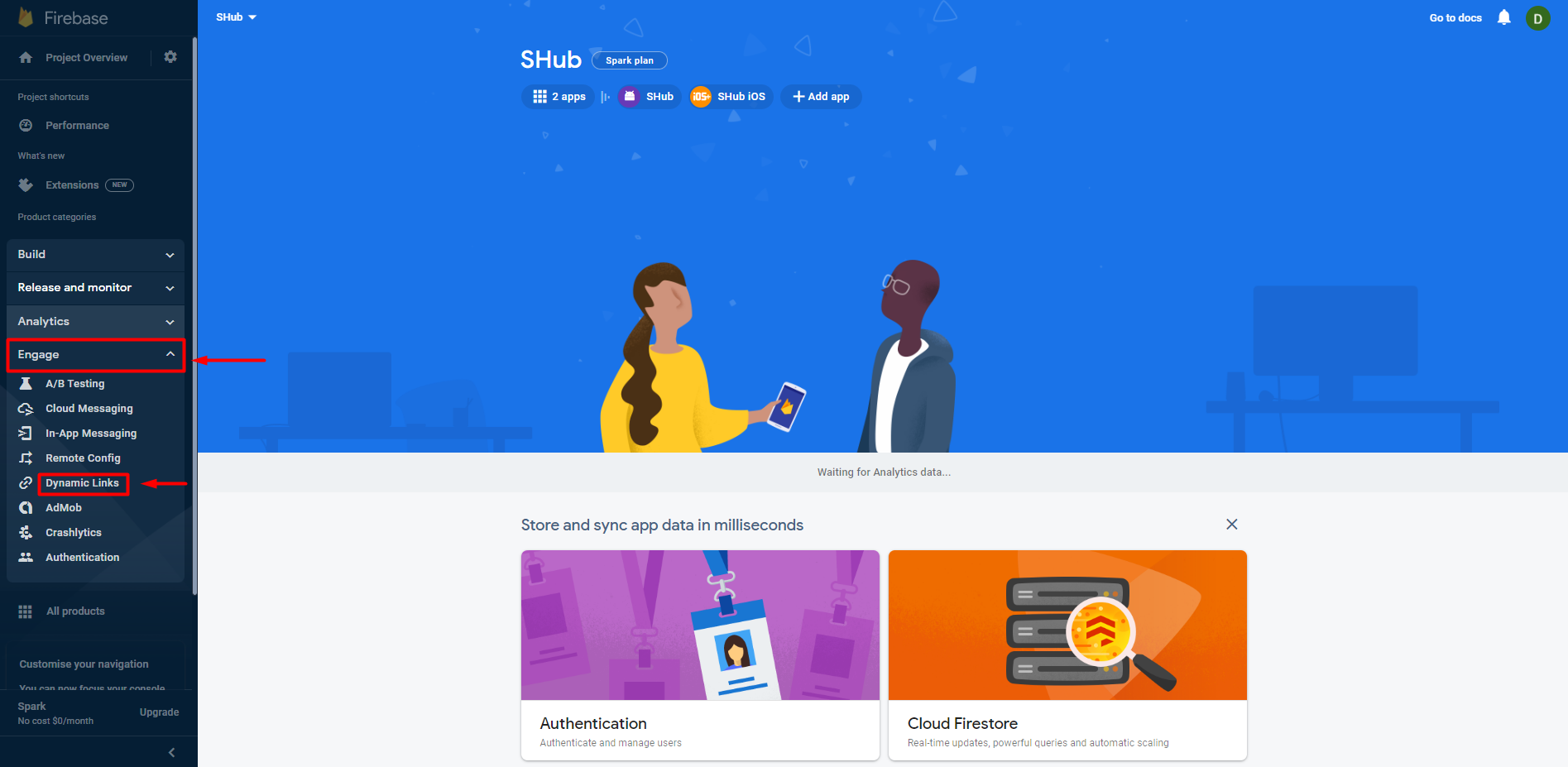
- Click on the "Get started" button.
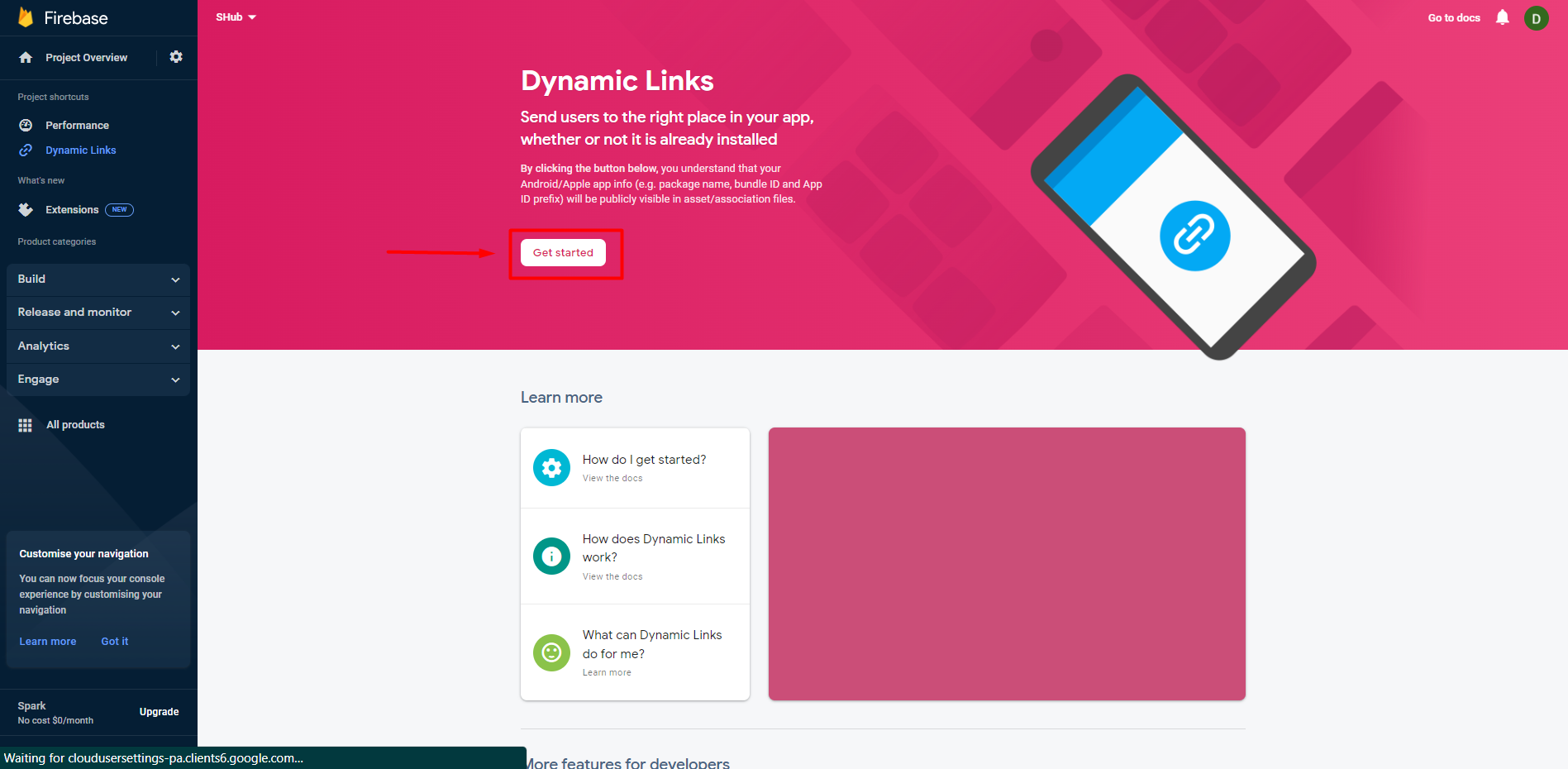
- Add the "Domain", and then click on the "Continue" button.
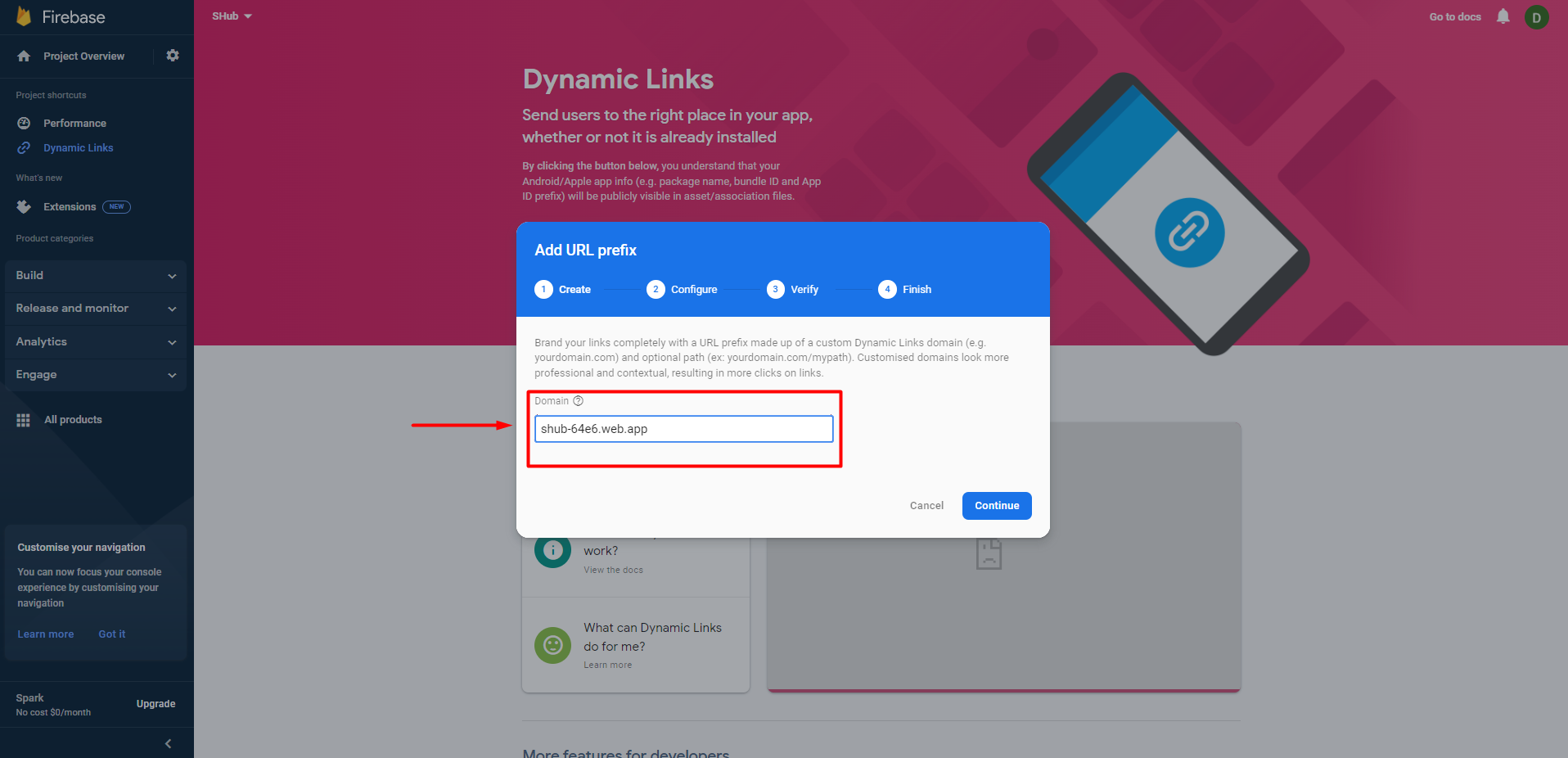
- Click on the "Continue" button.
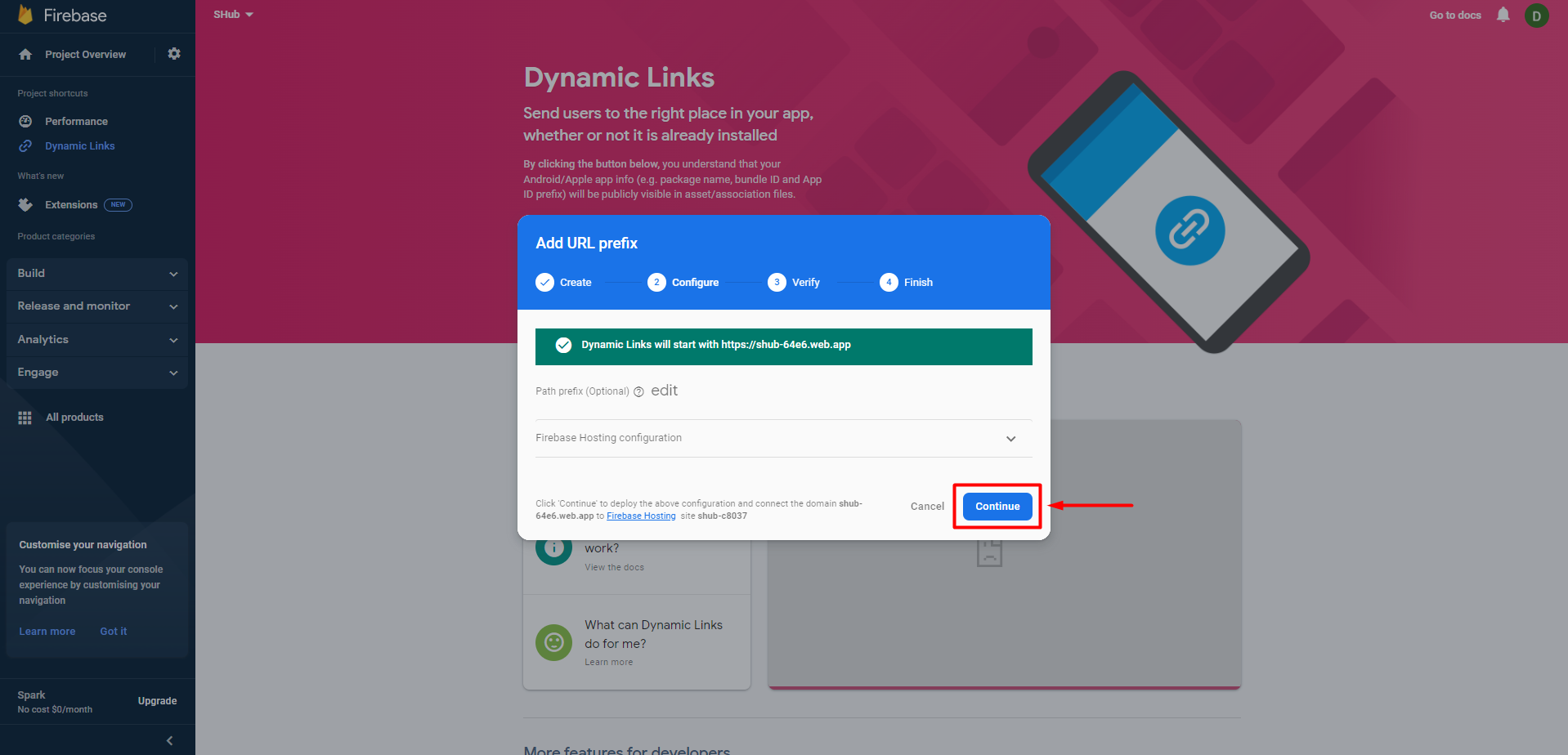
- Click on the "Verify" button and finish the process.
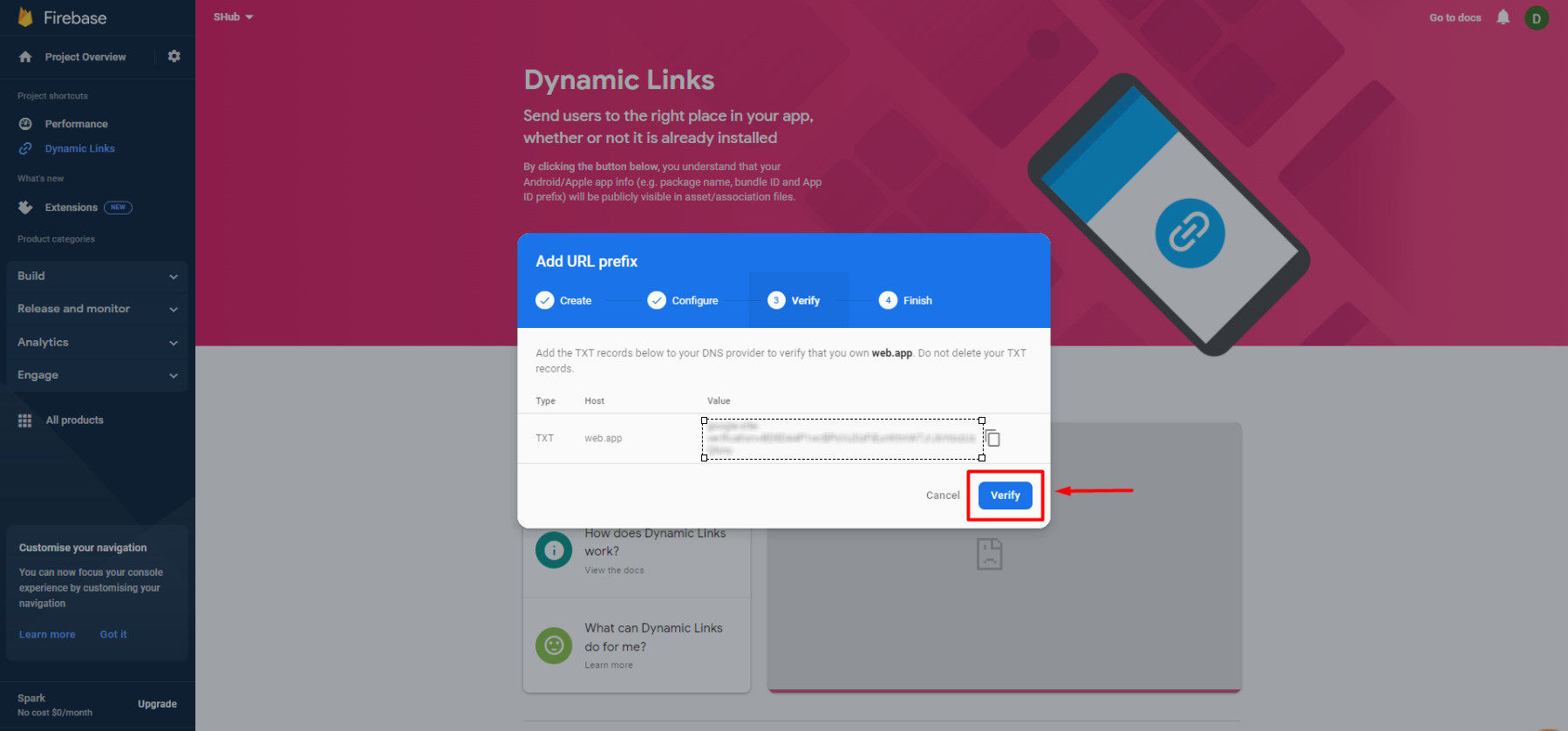
Mobile Apps URL Creation
Given below is a table with an example of a URL and its break down, to help the admin configure the URL as per their app.
|
URL: https://t5u47.app.goo.gl/?apn=com.sh80&amv=3&ibi=com.ascertia.signinghub&isi=530067405&ius=https&link= |
|
|
URL Components |
Description of Components |
|
t5u47.app.goo.gl |
Firebase Dynamic Link prefix for iOS/Android |
|
apn=com.sh80 |
Android package name |
|
amv=3 |
Android minimum version |
|
ibi=com.ascertia.signinghub |
iTunes bundle ID |
|
isi=530067405 |
iTunes store ID |
|
ius=https |
iOS URL scheme |
|
link= |
Link to be appended after adding parameters |
Mobile Apps URL Configuration in SigningHub-Admin
The Admin will now have to update the "Mobile Apps URL" field, in the "Global Settings" as per their branded app. The admin will update the Mobile Apps URL in the field shown in the below image:

Use Cases
The Mobile Apps URL will be used in the following cases:
- When the user clicks on the "Activate Account" button after opening the "Account Activation" email from their mobile phone.
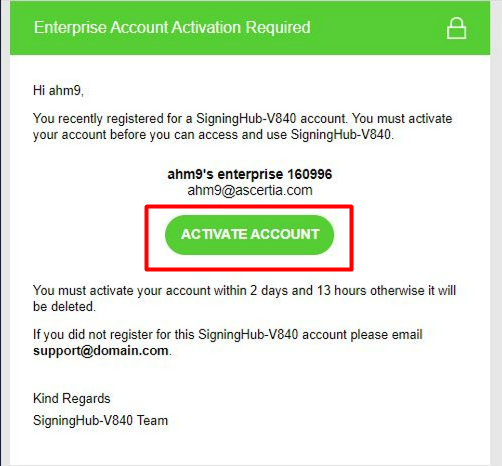
- When the user accesses the mobile web, and clicks on the "View" button on the mobile web banner.
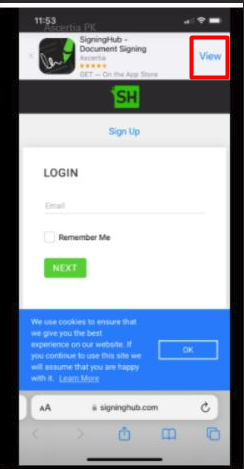
- When the user clicks on the "LAUNCH NOW" button on mobile web during the Remote Authorised Signing process.
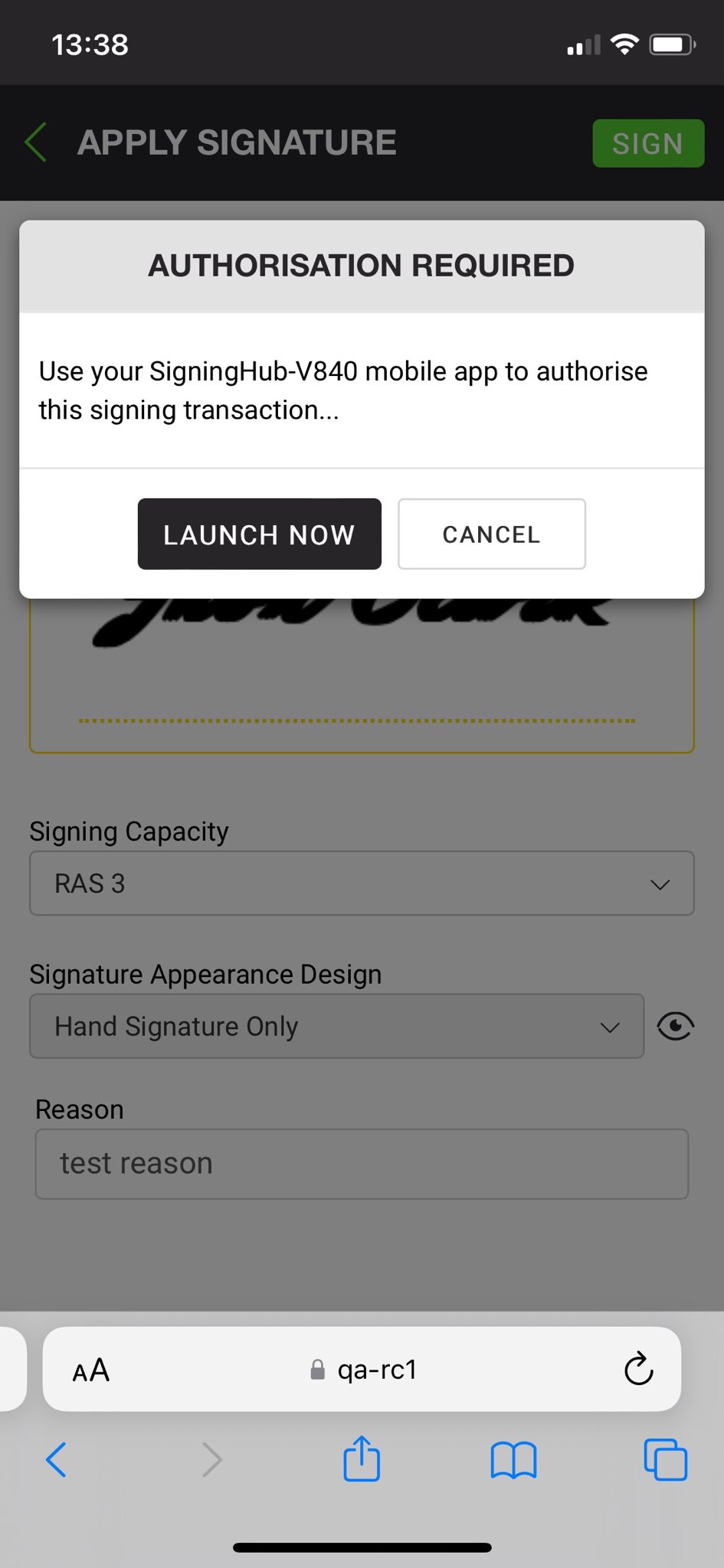
For the above-mentioned scenarios the following use cases will stand true.
|
Use Cases |
||
|
The "Mobile Apps URL" is valid. |
The app has been installed on the device. |
Course of action |
|
Yes |
Yes |
The user will be redirected to the app. |
|
Yes |
No |
The user will be redirected to the app page on the App Store/Play Store and will be prompted to download the app. |
|
No |
Yes |
The user will be redirected to the mobile web. |
|
No |
No |
The user will be redirected to the mobile web. |
See Also

